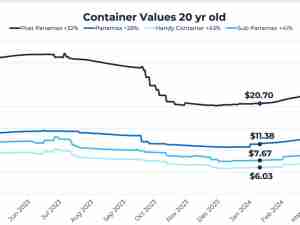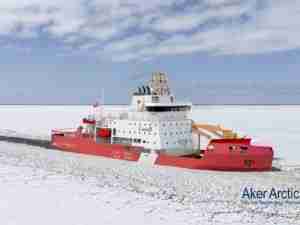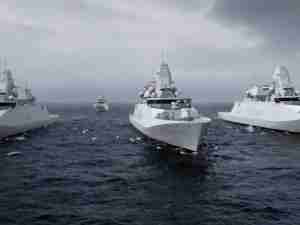Amid strong demand for international products, nearly 7.3 million cargo containers moved through Port of Long Beach terminals in 2006 for a fifth straight year of record-breaking cargo movement.
Port terminals moved 7.29 million twenty-foot equivalent unit (teu) in 2006 ' an increase of 8.7 percent over the previous record in 2005 of 6.71 million teus. Port terminals have increased the total number of teus, which includes import, export and empty containers, every year since 2001.
Port trade analysts said the cargo surge in 2006 was driven by continued US demand for products manufactured in Asia and increased vessel capacity supplied by the new generation of 8,000-teu containerships.
'Port cargo movement is a good barometer of what's happening in the economy,' said J. Christopher Lytle, Managing Director of Trade Relations and Port Operations. 'Consumer confidence has been high, unemployment is low, and in general the US economy had a very strong year.'
Inbound cargo at the Port increased by 11.2%, to 3.7 million teus, while exports increased by 5.7% to 1.3 million teus. The movement of empty containers, most sent overseas to be refilled with products, increased by 6.4% to 2.3 million teus.
The Port's import figures for the year reflect a continued confidence in the US economy on the part of importers, Lytle said. The increase in exports, meanwhile, reflected Asia's continued demand for raw materials, which are generally returned to the US in the form of finished products.
As trade activity has increased, the Port has worked aggressively to minimize environmental impacts on the surrounding communities, said Port Executive Director Richard Steinke.
'Through our Green Port Policy and Clean Air Action Plan we are demonstrating that environmental responsibility and economic growth go hand-in-hand,' Steinke said. 'We don't have to choose between a strong economy and a healthy environment ' we can and must have both.'
The Port of Long Beach is one of the world's busiest seaports, a gateway for $100 billion a year in trade that supports 316,000 regional jobs and produces $5 billion a year in tax revenues. Through its awarding-winning Green Port Policy, the Port is also a global leader in environmental stewardship.
The Port is located in the San Pedro Bay, the busiest seaport complex in the United States. When Long Beach's container totals are combined with the Port of Los Angeles' 8.5 million teus in 2006, the San Pedro Bay port complex ranks as the world's fifth busiest, after only Singapore, Hong Kong, Shanghai and Shenzhen (China).








